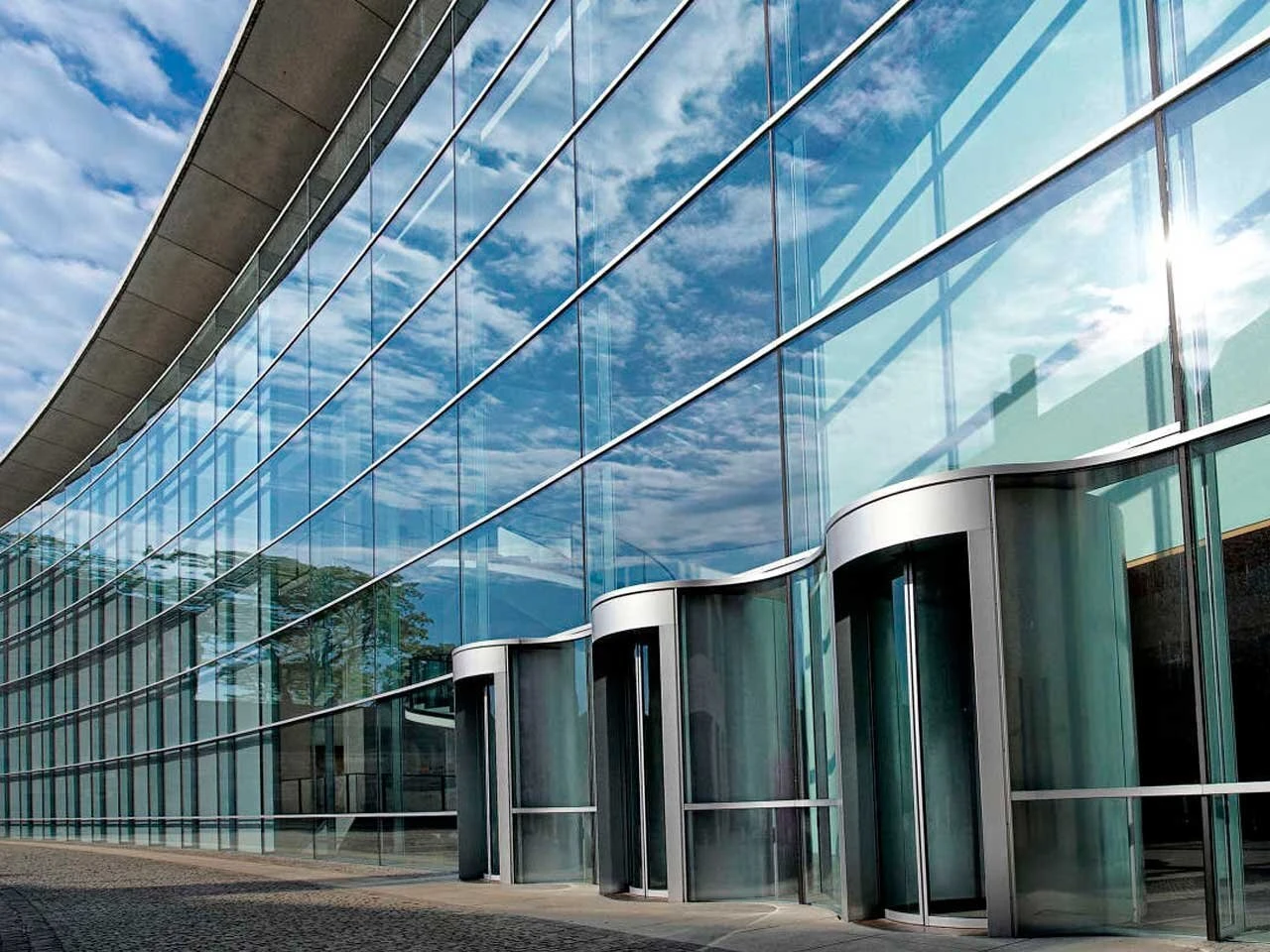

The Advantages of Tempered Double Glazed Glass
In recent years, the demand for high-performance building materials has surged, pushing the boundaries of architectural design and energy efficiency. One such innovation is tempered double glazed glass, a product that incorporates advanced processing techniques to enhance its durability, thermal insulation, and safety features. This article explores what tempered double glazed glass is, its benefits, and its applications in various construction projects.
Understanding Tempered Double Glazed Glass
Tempered double glazed glass consists of two layers of glass separated by an air or gas-filled space, providing insulation and noise reduction. The 'tempering' process involves heating the glass to high temperatures and then cooling it rapidly. This process strengthens the glass, making it much tougher than standard glass. Tempered glass can withstand impact from high winds, hail, and accidental strikes, which makes it ideal for modern architecture's demanding environments.
Benefits of Tempered Double Glazed Glass
1. Thermal Efficiency One of the most significant advantages of double glazing is its thermal insulation properties. The air or gas (usually argon or krypton) trapped between the panes acts as an insulator, reducing heat loss in colder months and keeping interiors cool during summer. As a result, buildings consume less energy for heating and cooling, leading to lower utility bills and a smaller carbon footprint.
2. Enhanced Safety Tempered glass is known for its safety features. When broken, it shatters into small, blunt pieces rather than sharp shards, reducing the risk of injury. This safety feature is particularly beneficial in high-traffic areas, glass partitions, and facades, making it a preferred choice for commercial and residential buildings.
3. Noise Reduction The structure of double glazed glass provides excellent sound insulation. The two layers of glass, combined with the trapped gas, help dampen external noise. This feature is particularly advantageous in urban environments, where noise pollution can be a significant concern. Homeowners and businesses can enjoy a quieter indoor environment, thereby improving overall comfort.

4. UV Protection Double glazing with tempered glass also offers some level of UV protection. It reduces the transmission of harmful ultraviolet rays, which can fade furniture, carpets, and artwork. This attribute not only prolongs the lifespan of interior furnishings but also adds an extra layer of protection for the occupants.
5. Design Versatility Tempered double glazed glass is available in various sizes, shapes, and finishes, allowing architects and designers to incorporate it seamlessly into their projects. Whether it's for large glass façades, beautiful balcony railings, or intricate window designs, tempered double glazed glass provides the aesthetic appeal and functionality required for contemporary architecture.
6. Increased Property Value Investing in high-quality materials like tempered double glazed glass can enhance the value of a property. With energy efficiency, safety, and reduced maintenance concerns, properties equipped with this type of glazing often attract higher resale values and a broader market of potential buyers.
Applications of Tempered Double Glazed Glass
Tempered double glazed glass has a broad range of applications across various sectors. In residential settings, it is commonly used in windows and patio doors due to its durability and insulating properties. In commercial constructions, it is favored for storefronts, office partitions, and facades, where both safety and aesthetics are paramount.
Additionally, pedagogical and healthcare facilities benefit from using this type of glass, as it helps create secure environments while ensuring thermal comfort. In high-rise buildings, tempered double glazing is crucial for ensuring structural integrity and energy efficiency, helping to manage the extreme weather conditions often faced at elevation.
Conclusion
In conclusion, tempered double glazed glass represents a significant advancement in construction materials, offering a combination of safety, energy efficiency, and design flexibility. As sustainability and safety become increasingly important in building practices, the adoption of tempered double glazed glass is likely to grow. Its ability to contribute positively to both residential and commercial spaces makes it an essential component of modern architectural solutions. Whether for new builds or renovations, investing in tempered double glazed glass is a step towards a safer, more comfortable, and eco-friendly future.